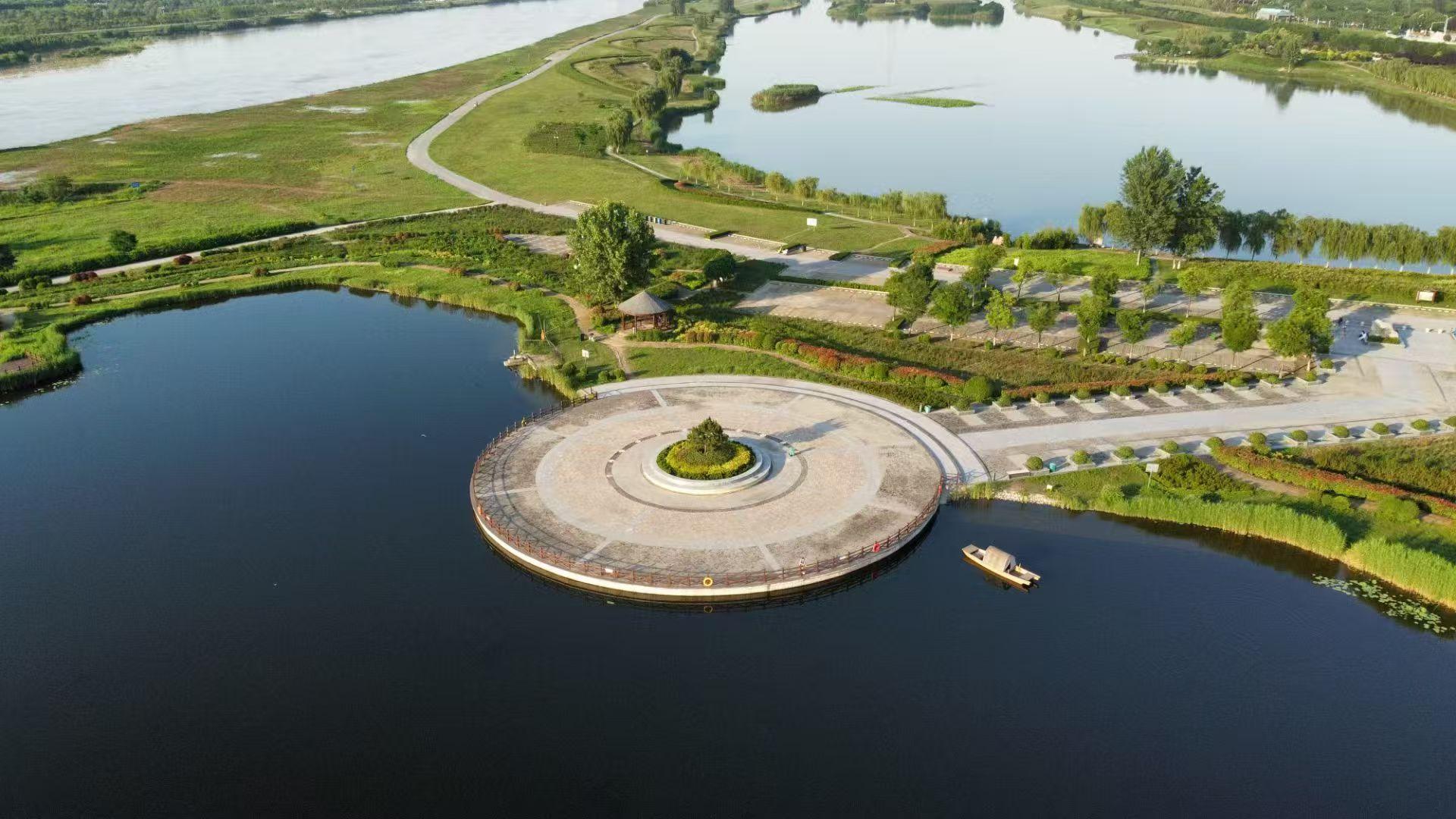On the Feasibility of Monitoring Crustal Deformation Using a High-Precision Gyroscopes and Sundial Network Based on Topological Vortex Theory (TVT)
نشر بتاريخ 2025-10-14 01:16:09
0
913

البحث
الأقسام
- Art
- Causes
- Crafts
- Dance
- Drinks
- Film
- Fitness
- Food
- الألعاب
- Gardening
- Health
- الرئيسية
- Literature
- Music
- Networking
- أخرى
- Party
- Religion
- Shopping
- Sports
- Theater
- Wellness
إقرأ المزيد
Brazil Banking as a Service Market Share Driving Digital Financial Transformation
The Brazil Banking as a Service Market Share is witnessing significant growth as...
Exploring the Growth of the US Home Security Systems Market: Trends and Insights
The US home security systems market has witnessed significant growth in recent years, driven by...
A Study on Topological Vortex Ring Interactions Based on Möbius Loop and Hopf Link Concepts (1)
Abstract
This paper aims to explore the complex interactions of topological vortex rings in...
科技與品味並存:全面解析SP2S電子煙的使用魅力
隨著電子 菸市場在台灣逐漸成熟,越來越多用戶開始關注產品的品質、口感與安全性。其中,SP2S電子煙憑藉其優異的產品設計與使用體驗,在眾多品牌中脫穎而出,成為許多電子煙愛好者的首選。SP2S...

